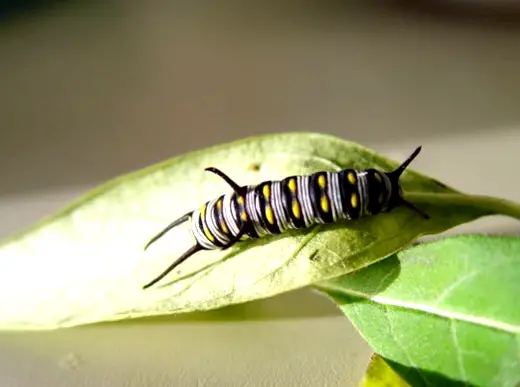The Queen Alexandra's Birdwing (Ornithoptera alexandrae) is a butterfly found in Papua New Guinea. It is the largest species of butterfly and was discovered by Lord Walter Rothschild and he named it after Queen Alexandra. It is currently rated as 'Endangered' by the IUCN.
Physical Features
Queen Alexandra's Birdwing is the largest butterfly in the world. Females are bigger than males. They have rounder and broader wings than males. The wingspan of females can measure about 1 foot (12 inches). Females mostly have brown wings with white markings. Their body is a type of cream-color. They have a small part in their thorax which is covered with red fur. These butterflies can have a body length of 6cm to 8 cm which is quite big for a butterfly. They can weigh about 15 grams. Males have a wingspan that mostly measures 17 cm (7 inches). There is a type of Queen Alexandra's Butterfly which has golden spots on its wings. This type is considered as the most spectacular type of this species.
Diet
The Queen Alexandra's Birdwing, as a caterpillar, feeds on a toxic pipevine plant called Aristolochia schlecteri. When the Queen Alexandra's birdwing, as butterflies and caterpillars, eat this pipevine, they themselves become poisonous to digest. This is protects them from predators who intend to eat them. A newly emerged larvae will eat its own eggshell before feeding on foliage. An adult will feed on nectar from flowers.
Distribution and Habitat
Queen Alexandra's Birdwing is located only in a small part of Papua New Guinean rainforests. It is found in Popondetta in the Oro Province. It is restriceted to 100 kilometers of rainforest.
Life Cycle
 |
| A Queen Alexandra Birdwing as a caterpillar |
Conservation Status
The Queen Alexandra's Birdwing is rated as 'Endangered' by the IUCN. It is hunted as it is considered to be a great prize by many hunters. It is found only in 100 kilometers of rainforests.
Source of pic 1 and pic 2
